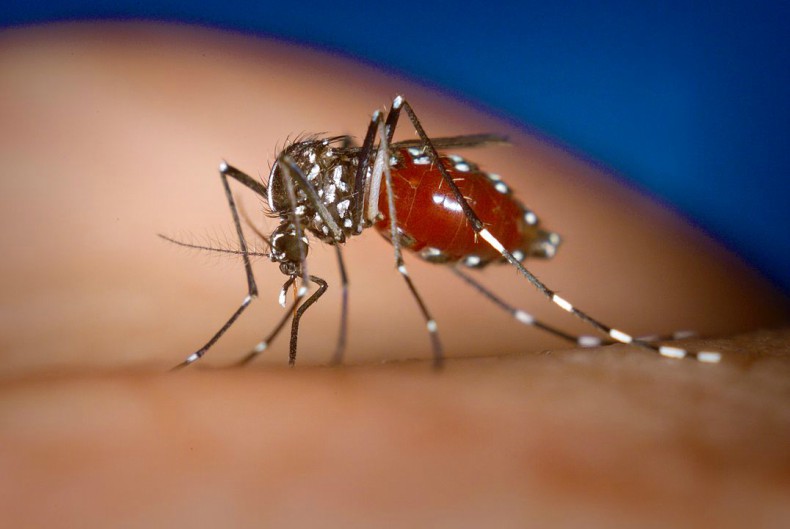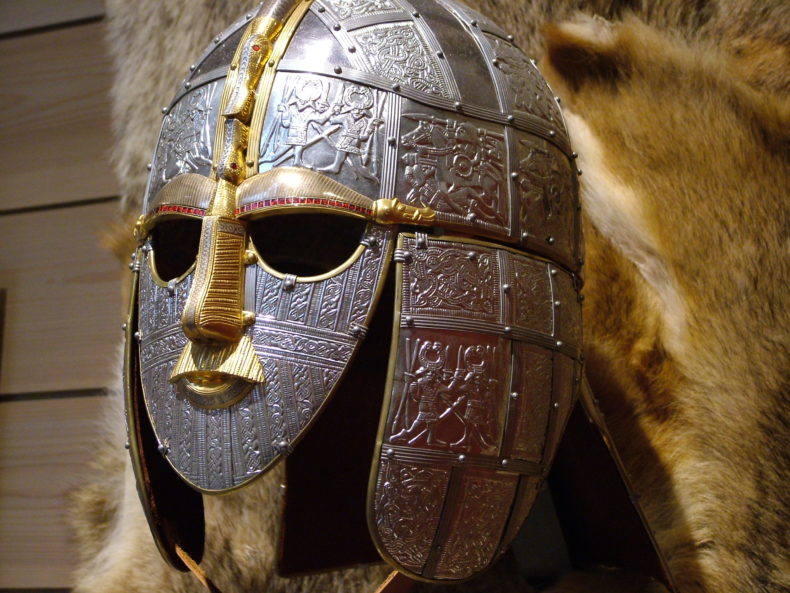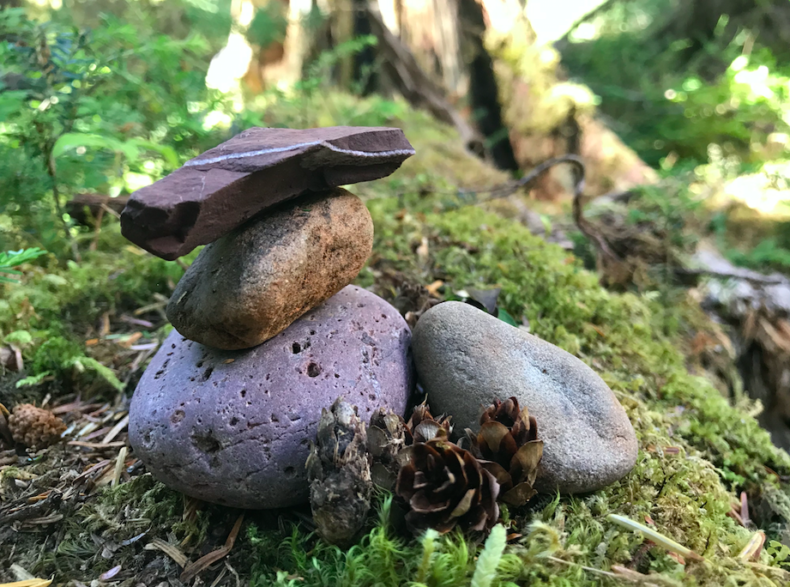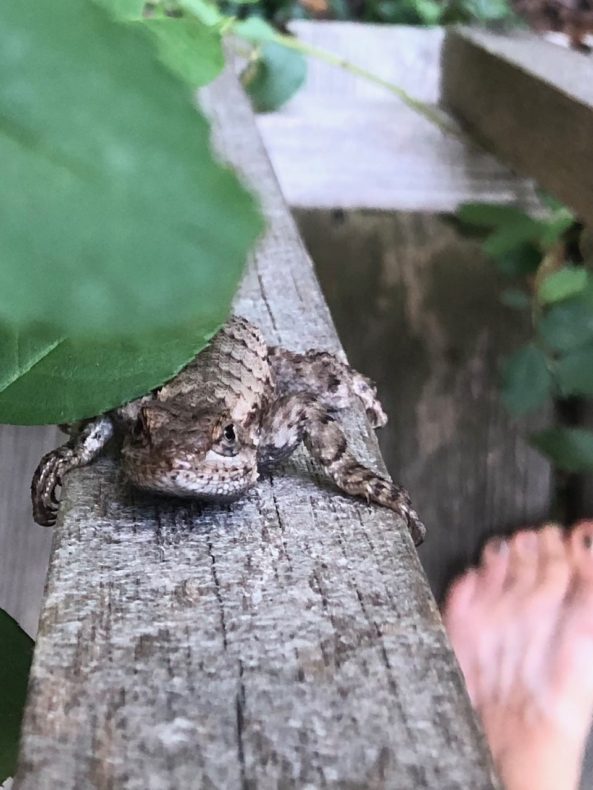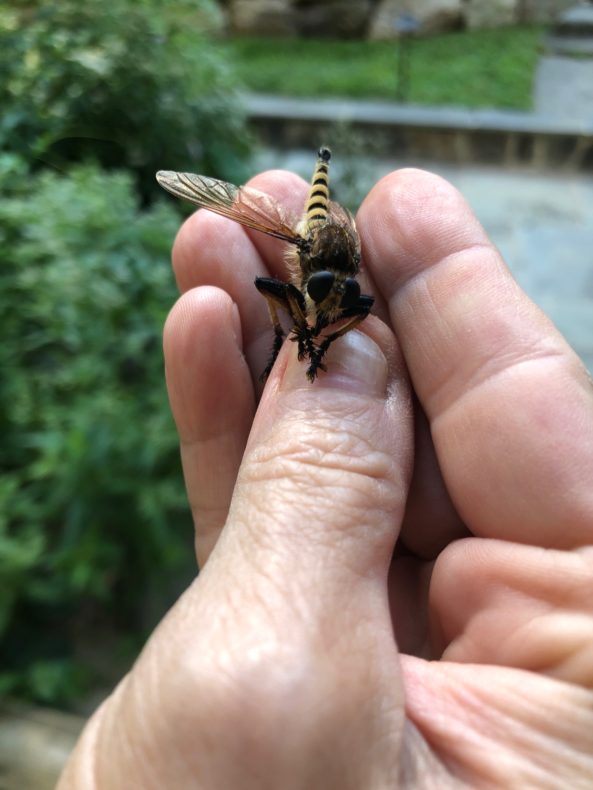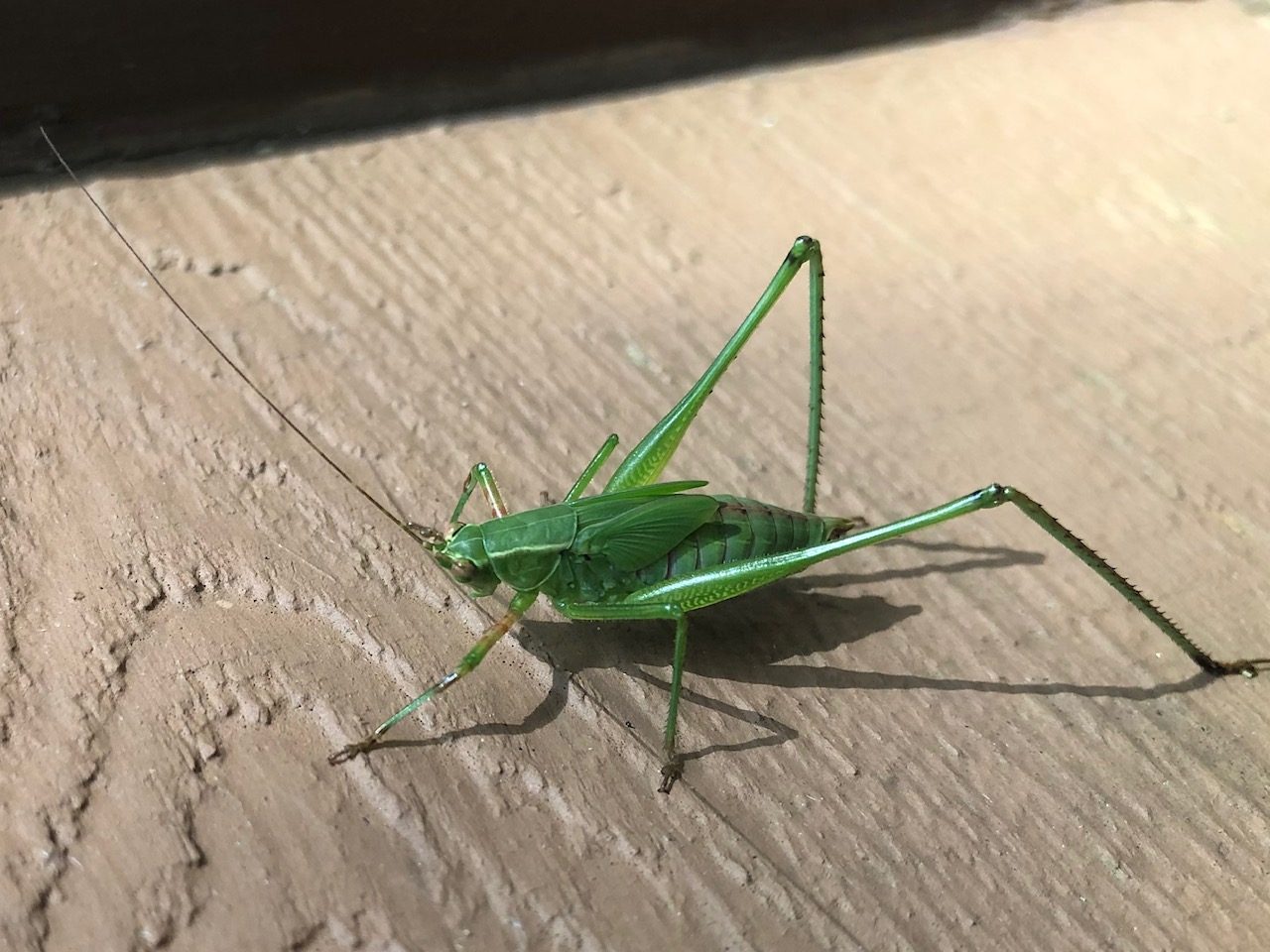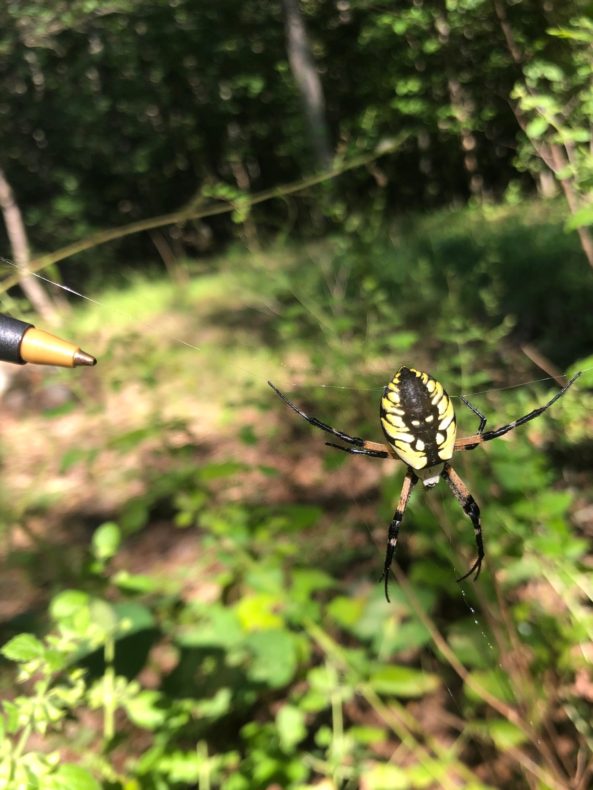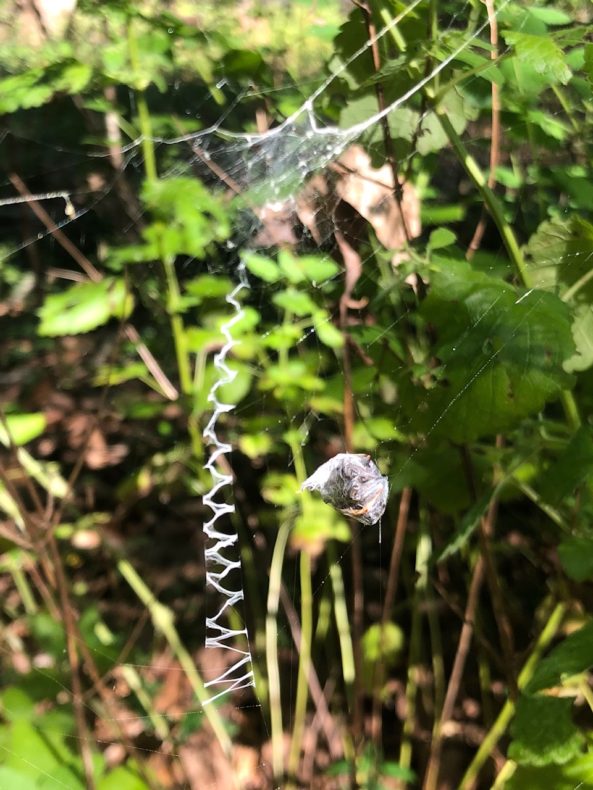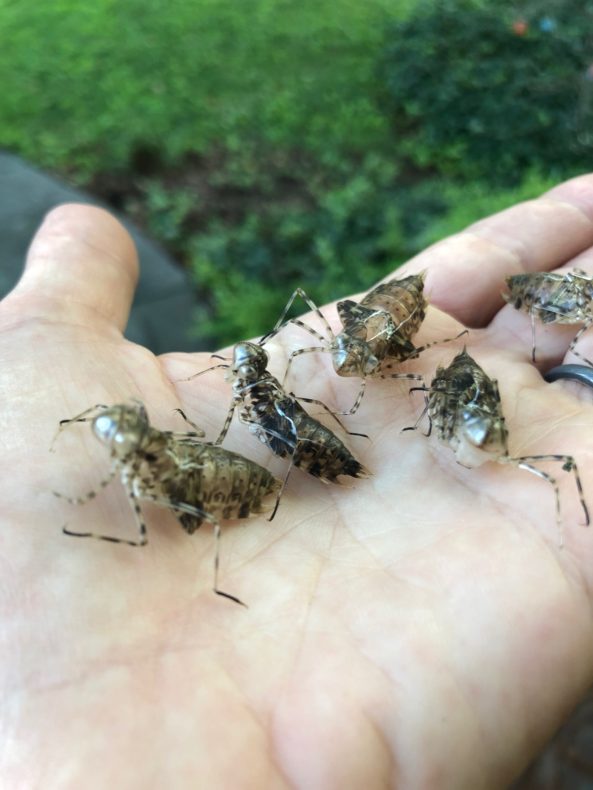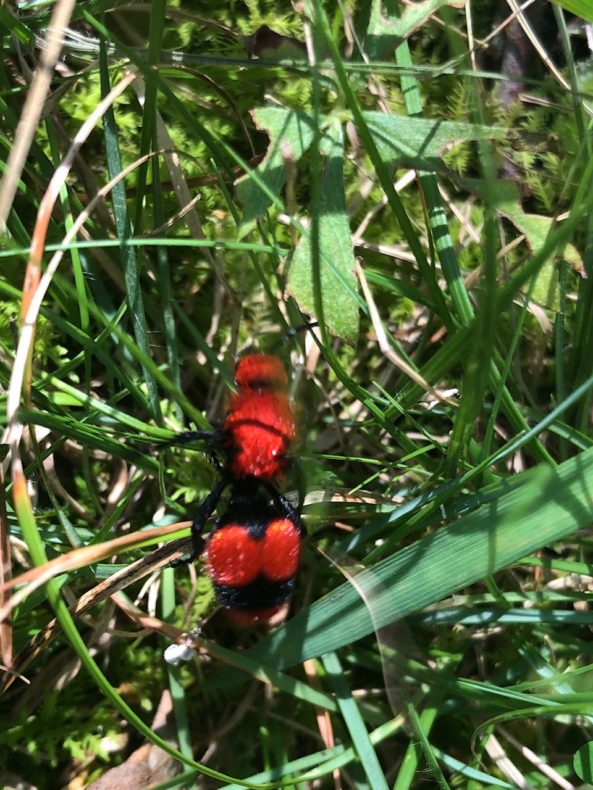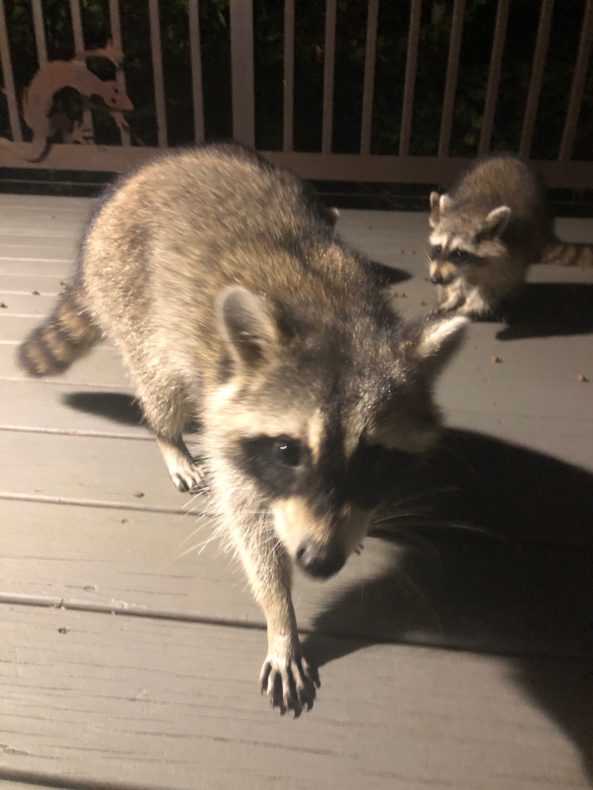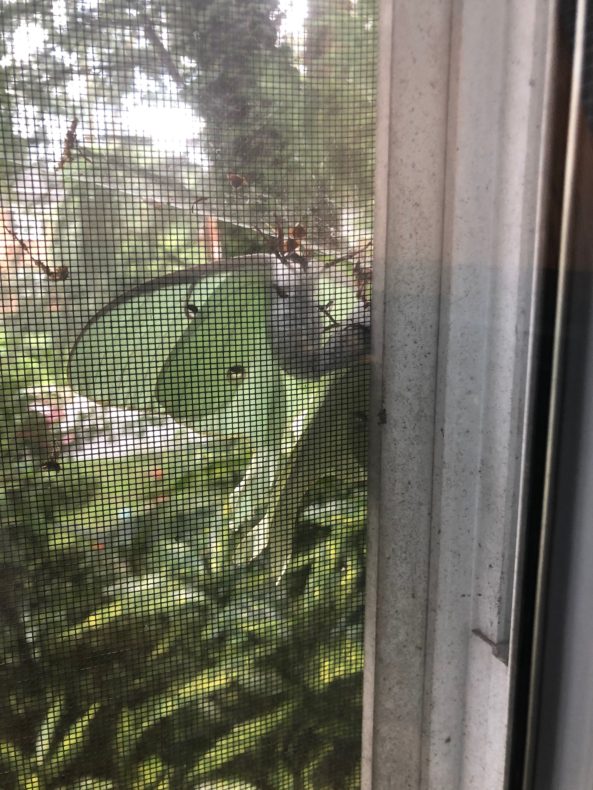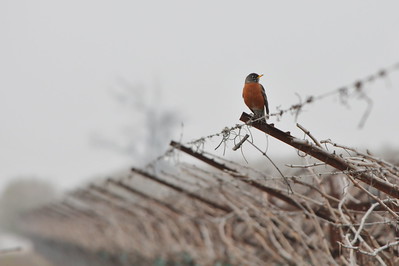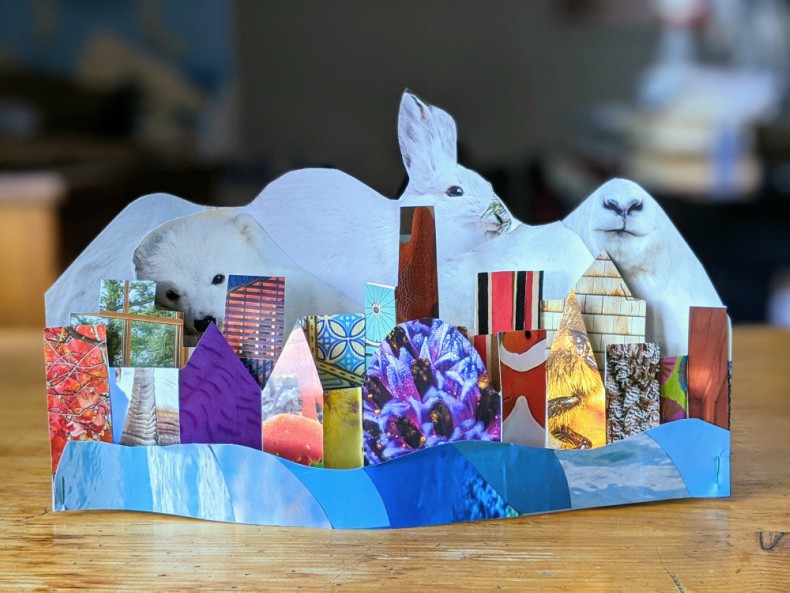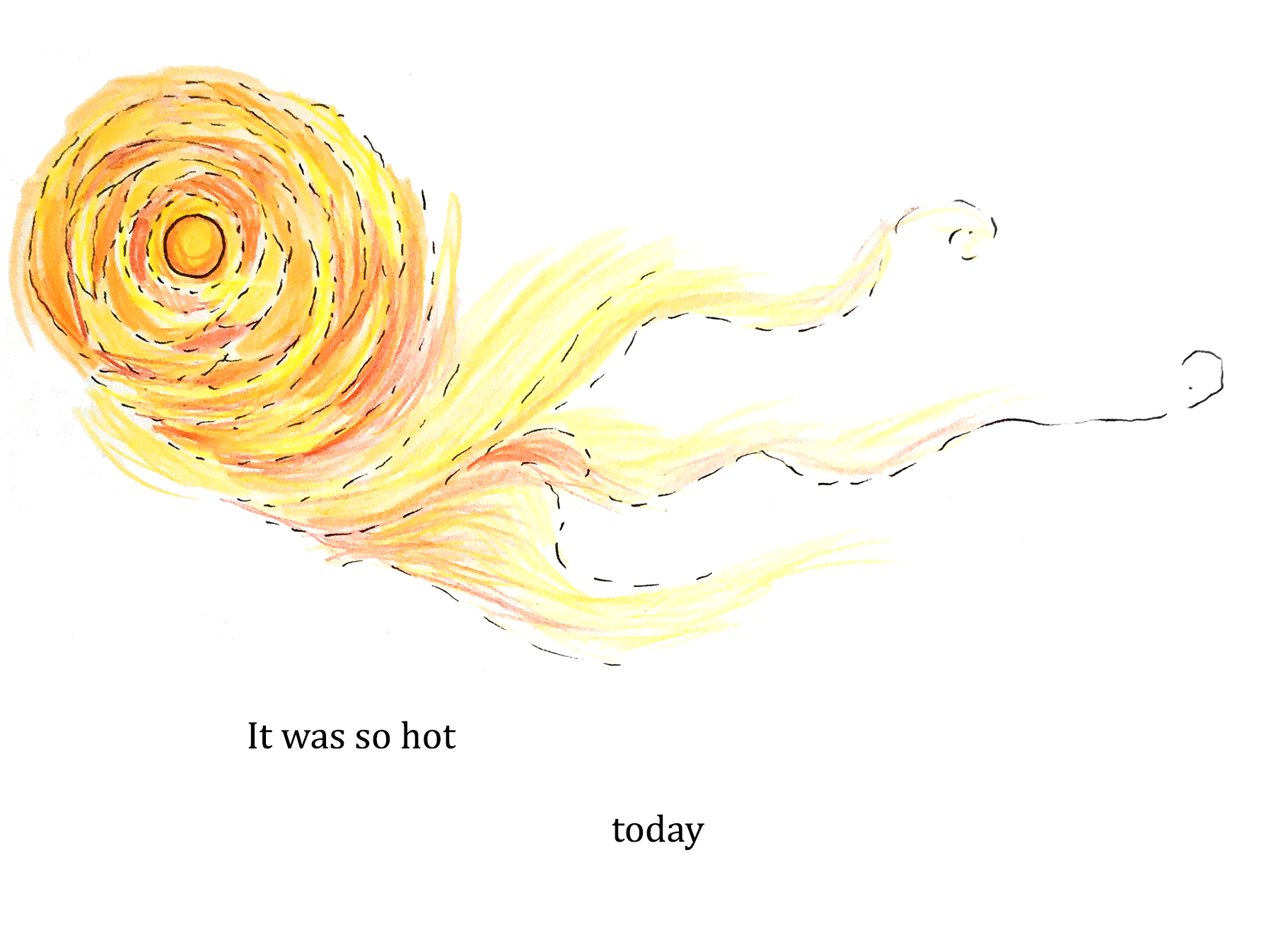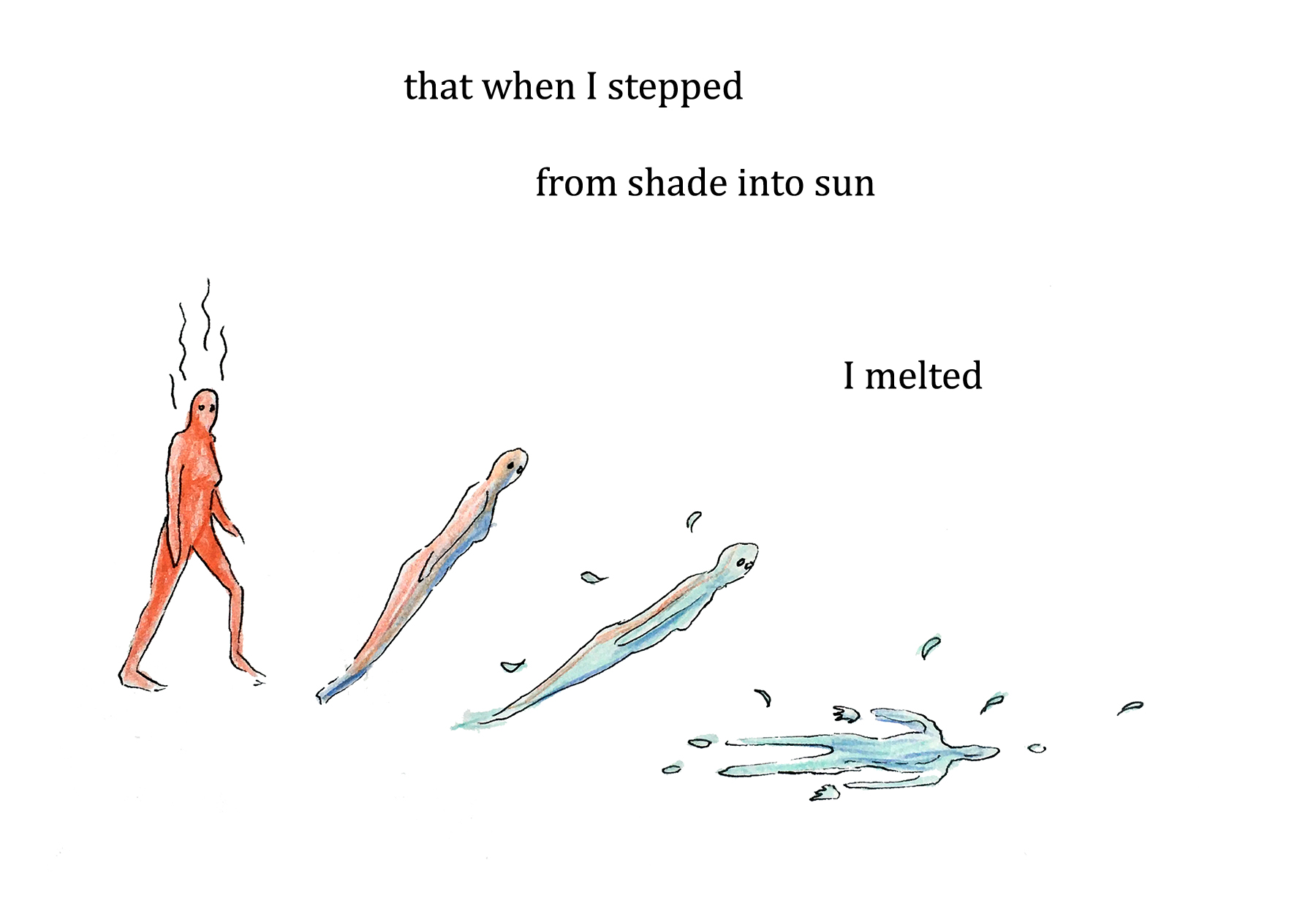
I went up to a rock art panel in southeast Utah the other day, one known as the Desecration Panel. The sandstone wall is long and repeatedly marked by petroglyphs of animals and human-like characters about 1,500 years old, what is called Basketmaker tradition. Several are terribly defaced, the damage relatively recent. One figure, which once looked like those to either side, has been transformed into a monster of its former self, rising from the rock as if the past were not over, no sharp line saying when it wraps up and the present begins.
Stories vary, but this panel was altered by a hatchet in the 1950s or 60s. You could call it vandalism, but that is too simple a term. The act was highly intentional, perhaps desperate. The most reputable sources tell of an illness that struck Navajo families around the middle of the last century. They went to a medicine man who said the solution was defacing this rock art, taking out certain figures. They must have been connected to the illness, having some bearing on it, an echo or a power from long ago.
A friend was with me at the panel, John Tveten, an ER doctor who works the Navajo Reservation in Arizona. His region is ramping down from being one of the more severe coronavirus hotspots in the country. Tveten said he hadn’t had to intubate anyone from the virus for the past week, a big change. He showed up straight off his shift, a plunge into the desert.
Continue reading